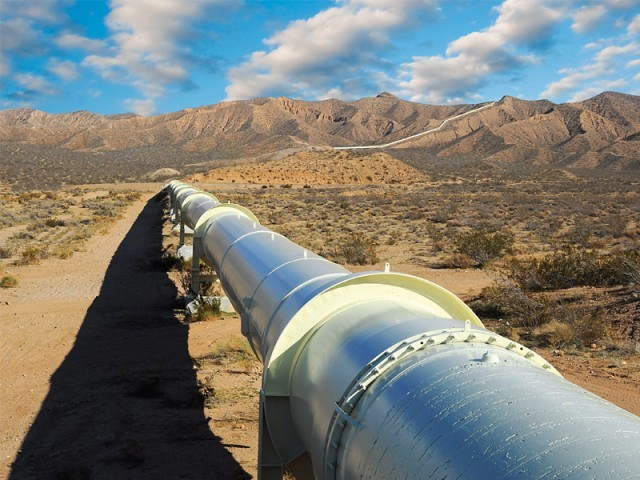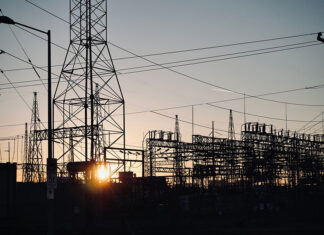The circular debt in the gas sector has grown to more than Rs532 billion as the twin Sui companies fail to make payments to their suppliers on account of poor cash flows.
According to a report by Dawn, owing to the inordinate delay in the publication of financial accounts by the two gas companies, the exact figure for the sector’s circular debt is unavailable. But one proxy for the build-up of the inter-corporate debt within the gas segment shows the amount stood at Rs532.2bn at the end of March, up 5.5 per cent from June 2020.
Unpaid government subsidies meant for residential and export-oriented consumers have constrained the cash flows of Sui Northern Gas Pipelines (SNGPL) and Sui Southern Gas Company (SSGC). This has resulted in bloated receivables on the balance sheets of energy exploration companies — mainly the Oil and Gas Development Company (OGDC) and Pakistan Petroleum Ltd (PPL) — from the twin gas distributors.
The OGDC’s receivables from SNGPL and SSGC amounted to Rs272.3bn at the end of March. The corresponding figure on PPL’s balance sheet was Rs259.9bn.
Meanwhile, Special Assistant to the Prime Minister (SAPM) on Petroleum and Power Tabish Gauhar Friday said the Pakistan Tehreek-e-Insaf (PTI) government had devised a multi-pronged strategy to reform the gas sector and meet the country’s energy needs in an efficient manner.
“Our government is determined to reform the gas sector and for this purpose we have devised a strategic work stream that is further divided into three parts; short term, medium term and long term,” he said in a series of tweets.
Under the short term plan of 6-12 months, the SAPM said excess capacity of 300 Million Cubic Feet per Day (MMCFD) gas of the two existing Re-gasified Liquefied Natural Gas (RLNG) terminals and additional LNG cargoes would be utilized to bridge the demand and supply gap especially in the next winter season.
“There could potentially be up to 300 MMCFD (3+ additional LNG cargoes per month) of ‘excess capacity’ available at the existing two RLNG terminals that may be utilised on a strictly private-to-private i.e. without any GOP “take or pay” payment obligation and on an open/third party access basis to further bridge the demand and supply gap, especially in the coming winters for the domestic gas consumers, under a ‘without prejudice’ arrangement sanctioned by OGRA,” he said.
Tabish said a few parties had proposed supplying up to 300 MMCFD of LNG, on private to private basis, to industrial customers via cryogenic road tankers from Gwadar, what he called the virtual LNG pipeline.
Aside from meeting the industrial gas demand in and around Karachi without the need to physically access the SSGC pipeline network, he said the proposal may potentially make available the 150 MMCFD of RLNG that SSGC is currently retaining in their system and accordingly release the same to meet the deficit up north in SGPL’s system.
The SAPM said the Petroleum Division now had a comprehensive draft policy in place after discussion with key stakeholders, but it needed to get through the internal approval process by July end to enhance supply of the alternative fuel to domestic consumers and correspondingly reduce the burden on natural gas provision via the pipeline network.
He said to remove the price anomaly between the rates of indigenous and imported gas, and the associated adverse impact on the sector’s financial sustainability, the long awaited “political consensus” on Weighted Average Cost of Gas (WACOG) must be reached at the earliest, ideally before the year end.
Under the medium-term (2+ years) strategy, Tabish said the government hoped that two new merchant LNG terminal developers would achieve financial close and start construction this year. “We do need at least one additional import terminal without any take or pay commitment on the part of the GOP) by 2023.”
Besides, he said, the funds collected under the Gas Infrastructure Development Cess (GIDC) would be utilised to start construction of on-ground LNG storage facilities at the Port Qasim to maintain 10-day reserves in Phase 1.
Accordingly, the Oil and Gas Regulatory Authority (OGRA) was finalising third party access rules. “We need to show substantial progress on this by 2023,” Tabish said.
Furthermore, in the long term (3+ years) plan, the SAPM said that impediments to accelerated natural gas drilling activities in the frontier regions of Balochistan and Khyber Pakhtunkhwa (KP) would be removed.
He said upstream regulatory functions would be transferred from the Petroleum Division to an independent authority, the summary of which had already been approved by the Cabinet.
























Nice Post I Like This